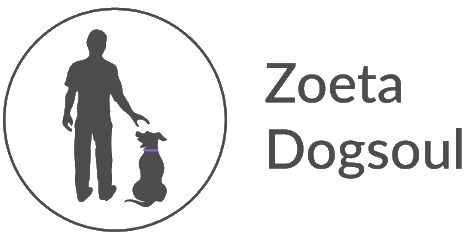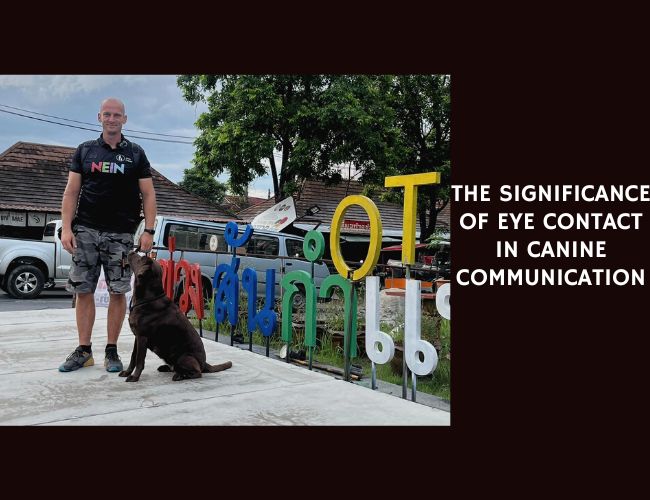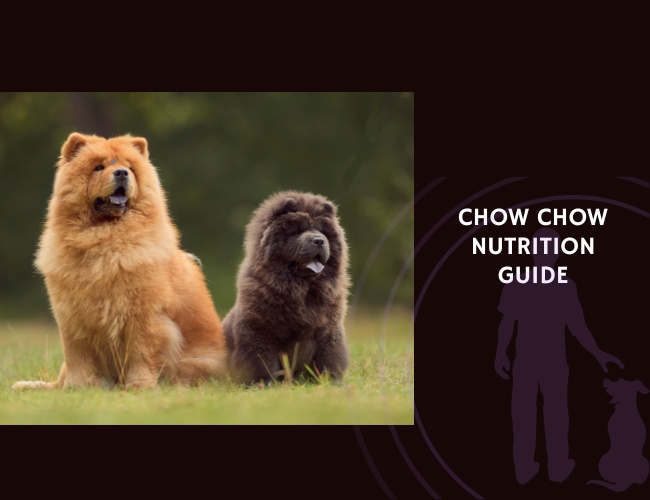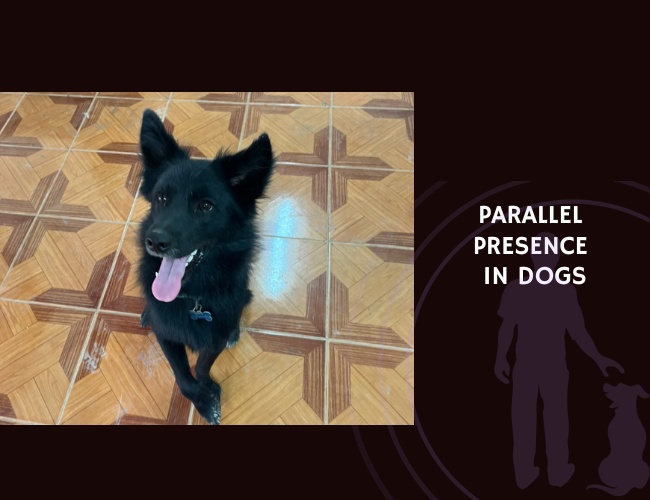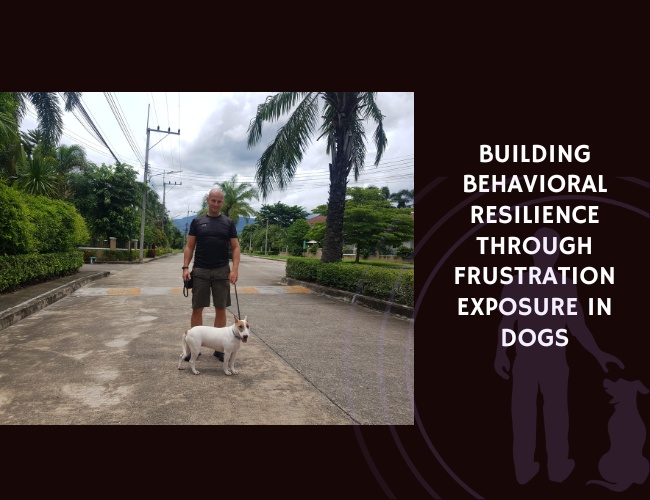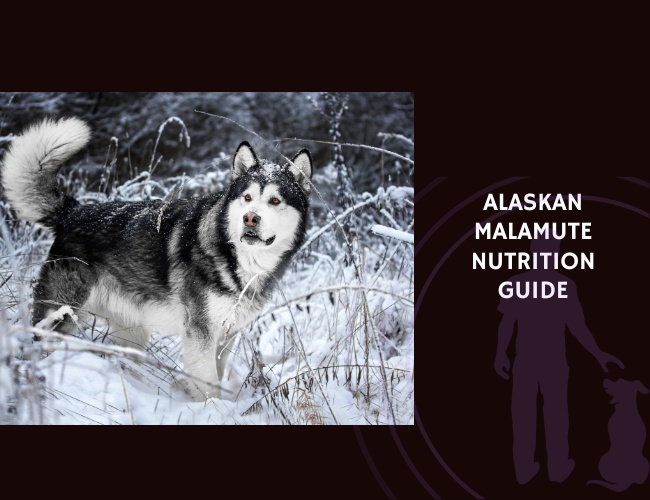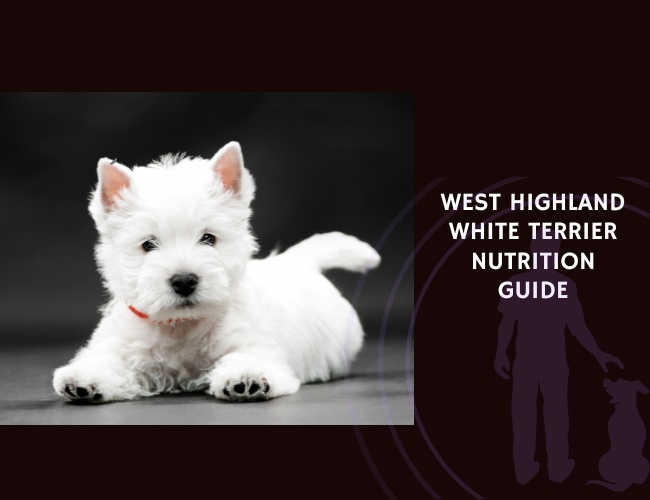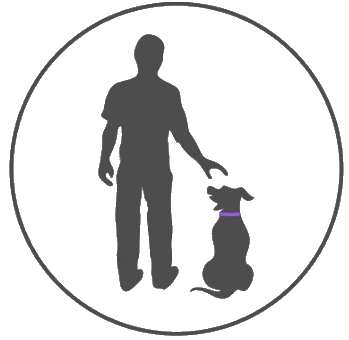Have you ever wondered what your beloved furry friend is trying to tell you? Just like us, dogs have their own unique ways of communicating. Understanding these signals can significantly enhance our relationship with them and ensure we cater to their needs more effectively.
Recognizing the importance of understanding canine communication is the first step towards a deeper bond with our pets. Dogs may not speak human languages, but they certainly have a rich and expressive communication system. They communicate through a combination of vocalizations, body language, facial expressions, and even scents. In fact, their capacity for communication is far more nuanced than we might initially realize, and eye contact plays an integral role in this complex language of theirs.
Canine vocalizations, such as barks, growls, and whines, are perhaps the most recognizable forms of dog communication. However, their physical cues can be just as telling. A wagging tail, perked ears, or a lowered head can convey a range of emotions and intentions. It’s important to note that not all tail wags are friendly, and not all growls are aggressive. The context matters!
Facial expressions are another key element in canine communication. Dogs can show an array of emotions through subtle changes in their facial features. For instance, a relaxed, open mouth often indicates contentment, while narrowed eyes might suggest fear or discomfort.
Beyond these, dogs also communicate using scents that are mostly undetectable by humans. These pheromones can relay a wealth of information about a dog’s identity, reproductive status, and emotional state. This form of communication is particularly important in dog-to-dog interactions, but it also influences how dogs interact with people.
Lastly, but certainly not least, we come to the power of eye contact in canine communication. Dogs use their gaze to express a variety of sentiments and intentions – from showing affection and seeking attention, to signaling discomfort or distress. Understanding the language of a dog’s gaze can go a long way in improving our relationship with them.
In the following sections, we will delve deeper into the world of canine communication, focusing particularly on the significance of eye contact. We’ll debunk common myths, explore how eye contact can strengthen bonds, and discuss the potential consequences of ignoring a dog’s attempts to communicate. By the end, we hope you’ll have a better understanding of your dog’s expressive behavior and the importance of respecting their individuality in communication.
The Language of Dogs: Beyond Barks and Tail Wags
When we think about dogs communicating, the first things that usually come to mind are their barks and tail wags. However, canine communication is much more complex, encompassing body language, facial expressions, vocalizations, and even scents.
Body Language, Facial Expressions, and Vocalizations
Dogs use an intricate system of body language to express their feelings and intentions. This includes everything from the position of their ears to the stiffness of their tail. For instance, a dog with its ears laid back and tail tucked might be feeling fearful, while one with stiff, forward-facing ears and a rigid tail might be on high alert.
Facial expressions also play a critical role in dog communication. Subtle changes in a dog’s eye shape, mouth, and overall facial muscle tension can convey various emotions. A relaxed, open mouth might indicate contentment, while squinted eyes could be a sign of distress or discomfort.
Lastly, vocalizations — yes, including barks — are a crucial part of the canine communication toolkit. But it isn’t just about barking; dogs have a whole orchestra of sounds at their disposal, including growls, whines, yelps, and even howls, each carrying its own unique message.

The Undetected Role of Scents
One dimension of dog communication that often goes unnoticed by us humans is the use of scents. Dogs have an incredibly powerful sense of smell, estimated to be between 10,000 to 100,000 times more sensitive than ours. They utilize this remarkable ability to gather information about their environment, other animals, and even their human companions.
Dogs communicate using pheromones, chemical signals that they release into the environment, which carry specific messages perceived by other dogs. These scent messages can reveal a wealth of information, such as a dog’s health status, emotional state, and even if a female is in heat. Unfortunately, our human noses aren’t equipped to pick up on these subtle olfactory signals.
The Significance of Body Contact
Another key aspect of canine communication is physical contact. Dogs use body contact not just to show affection but also to express their needs and establish social bonds. For example, when your dog leans against you, it might be seeking comfort or security. Similarly, a dog laying its head on your lap could be asking for attention or expressing its trust in you.
Understanding these forms of communication is crucial for any dog owner. It allows us to better interpret what our furry friends are trying to tell us and respond appropriately, enhancing our bond with them and contributing to their overall well-being.
The Power of Eye Contact in Canine Communication
Canines, like humans, are social creatures. They have developed a complex system of communication with each other and with us, their human companions. One often overlooked yet powerful component of this communication system is eye contact. Dogs use their eyes to convey a multitude of emotions and intentions, effectively making their gaze a tool for silent conversation.
Examples of How Dogs Use Eye Contact
Dogs primarily use eye contact to establish dominance or submission within their pack hierarchy. A dominant dog may hold a steady gaze to assert its position, while a submissive one will likely avert its eyes. However, when it comes to human interaction, dogs employ eye contact differently. A study by Japanese researchers found that when dogs and their owners stare into each other’s eyes, both parties experience a rise in oxytocin, a hormone associated with bonding and affection.1. This suggests that dogs have evolved to use eye contact not just for establishing dominance, but also for expressing love and trust towards their human companions.
The Meanings Conveyed Through a Dog’s Gaze
Deciphering the meanings behind a dog’s gaze can be a fascinating exercise. A soft, relaxed look typically indicates contentment or affection. On the other hand, a hard stare, often accompanied by a stiff body posture, can signal a challenge or threat. Rapid darting of the eyes could indicate nervousness or fear.
In addition, certain breeds known for their ‘expressive eyes’, like Siberian Huskies or Cavalier King Charles Spaniels, can seemingly communicate a whole range of emotions with a simple look. For these breeds, their eyes are a window into their hearts, laying bare feelings of joy, curiosity, apprehension, or sadness.
However, it’s crucial to note that interpreting a dog’s gaze should always be done in conjunction with other body language signals. The whole picture of ears, tail, posture, and vocalizations needs to be considered to accurately understand what a dog is trying to communicate.
Eye contact in canine communication is indeed a powerful tool, used in various ways from expressing dominance or submission to conveying deep affection. Understanding this silent language can greatly enrich our relationships with our canine friends. As we continue to explore the intricate world of canine communication, remember that your dog’s eyes might just be silently speaking volumes.
Debunking Myths: Understanding the Dog’s Gaze
When it comes to interpreting a dog’s gaze, there’s a common misconception that dogs always perceive direct eye contact as threatening. This myth has permeated our collective understanding of canine communication, but let’s debunk it here and now. Direct eye contact can indeed be perceived as confrontational in certain contexts, particularly when it involves unfamiliar dogs or humans. However, this is not a universal rule. Dogs are highly intuitive creatures capable of distinguishing between different types of gazes.
Why does this differentiation matter? As we’ve discussed earlier, dogs communicate largely through body language, facial expressions, and vocalizations. When a dog locks eyes with another, it’s not just a stare; it’s a nuanced conversation. The meaning behind the gaze can vary from friendly interest, a call for attention, to a display of dominance or even fear. It’s all about the context and the specific signals that accompany the gaze.
A friendly gaze from a dog is typically relaxed and soft, often accompanied by other positive body language signals such as a wagging tail, relaxed ears, and a loose posture. This gaze is often seen when dogs interact with their trusted human companions or familiar canine friends. It’s their way of showing trust, seeking attention, or initiating play.
On the other hand, a threatening stare is far more intense. The dog’s body may become stiff, the ears pinned back, and the tail usually straightened or bristled. This type of gaze, often coupled with growling or baring of teeth, is a clear signal that the dog is uncomfortable, scared, or asserting dominance. Misinterpretation or ignoring such signs can escalate an already tense situation, leading to potential aggression.
To truly understand the gaze of a dog, we need to consider the whole picture. Recognizing the subtleties between a friendly gaze and a threatening stare means observing the dog’s entire body language and considering the situation’s context. By doing so, we can respond appropriately, respecting the dog’s communication attempts and fostering a better bond with our four-legged companions.
Remember, direct eye contact is not inherently threatening to a dog. Rather, it’s a powerful tool they use to communicate their feelings, needs, and intentions. As we continue to debunk myths surrounding canine communication, we move closer to understanding our dogs on a deeper, more empathetic level.
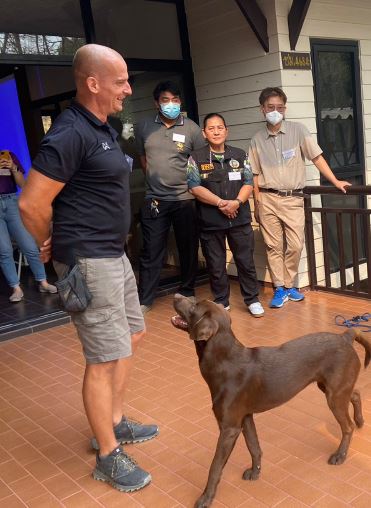
Building Bonds: Eye Contact During Walks and Training
Eye contact between humans and dogs isn’t just about necessary communication. It’s a powerful tool that can deepen the bond you share with your furry friend. When walking or training your dog, using eye contact effectively can enhance your relationship in a way few other methods can.
The Magic of Eye Contact during Walks and Training
When walking or training, eye contact serves as a silent form of communication that conveys understanding and trust. Your dog looks to you for guidance and assurance. By maintaining eye contact, you signal to your dog that you’re attentive, engaged, and approachable. This helps build confidence in your dog, making walks and training sessions more productive and enjoyable for you both. You might notice your dog becoming more responsive and eager to please, all because you’ve communicated your interest and approval through your gaze.
Moreover, eye contact is also crucial for effective command delivery and obedience training. Dogs are naturally skilled at reading our body language, including our eyes. When issuing a command, steady eye contact can emphasize the importance of the instruction. This can help your dog understand and respond to commands more quickly and accurately.
Reciprocating Your Dog’s Gaze: A Testament of Trust
Not all communication is one-sided, and this holds true even in the world of canine communication. Just as your dog looks to you for cues, they also wait for your response. Reciprocating their gaze is not merely an acknowledgment but a confirmation of your connection. It reassures them that they are not alone and that they have your undivided attention.
Studies suggest that when dogs and humans lock eyes, both species experience a surge in oxytocin, the hormone associated with social bonding and trust. This biological response further emphasizes the significance of eye contact in strengthening the bond between you and your dog. By taking the time to meet your dog’s gaze, you’re silently communicating your affection, building a bond that transcends words.
However, it’s essential to remember that staring directly into your dog’s eyes without blinking might be interpreted as a threat by your pet. So, when reciprocating your dog’s gaze, make sure to maintain soft, relaxed eye contact. This will convey your friendly intentions and prevent any possible misunderstandings.
To sum up, eye contact is more than a means of communication during walks and training sessions. It’s a bridge that connects you and your dog on a deeper level, fostering trust, understanding, and a strong, unbreakable bond. So, the next time your dog looks up at you with those loving eyes, remember to return their look warmly, acknowledging the love and trust they have in you.
The Consequences of Ignoring Canine Communication Attempts
Humans and dogs have been cohabiting for thousands of years. This long-standing relationship has led to an intricate line of communication between the two species. However, when humans fail to understand or deliberately ignore these canine cues, it can lead to frustration and stress in our furry friends.
Frustration in Dogs Due to Miscommunication
Imagine trying to express yourself, but no one seems to understand or even acknowledge your efforts. It’s frustrating, isn’t it? Well, that’s how a dog might feel when its attempts to communicate are consistently ignored. Dogs communicate their needs, desires, or discomforts through various means such as body language, barks, whines, and importantly, eye contact. If these signals are overlooked, the dog may feel anxious or frustrated, leading to behavioral issues such as aggression, destructive behavior, excessive barking, or even depression.
Negative Impact on Behavior and Relationship
Disregarding a dog’s communication efforts doesn’t only negatively affect the dog’s behavior, but it also impacts the bond between the owner and the pet. Dogs are social animals, and they thrive on interaction and attention. Ignoring their communication attempts sends them a message that their efforts are futile, which can lead to decreased engagement or enthusiasm in their interactions with you. This disconnect can lead to a strained relationship and make it harder to manage the dog’s behavior in the long run.
Moreover, ignoring a dog’s attempts at communication can potentially put them in harm’s way. A dog may be trying to signal discomfort, fear, or even illness through its gaze or other forms of communication. If these signs are missed, the dog may end up suffering unnecessarily. Hence, understanding and responding appropriately to canine communication is not just about enhancing bonding; it’s also about ensuring the wellbeing of these loyal companions.
In essence, acknowledging and understanding a dog’s communication efforts is crucial for a harmonious and fulfilling relationship with our four-legged friends. By paying attention to their signals, particularly their eye contact, we can better meet their needs, foster a stronger bond, and ensure their overall wellbeing. Remember, communication is a two-way street, even in the world of dogs. So, let’s strive to be attentive and responsive listeners to our canine companions.
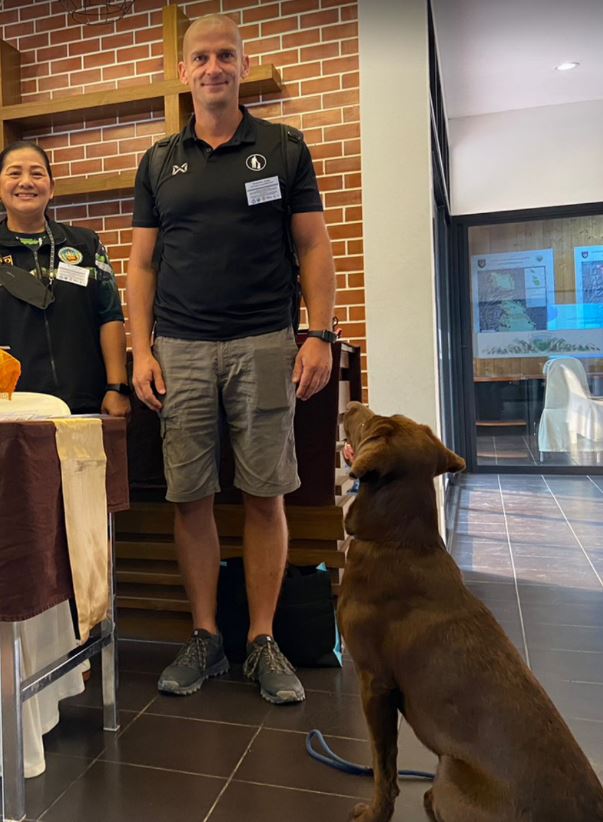
The Importance of Understanding Your Dog’s Expressive Behavior
As a dog owner, you’ve probably marveled at the expressive nature of your furry friend. From those soulful eyes that seem to understand your every mood to the wagging tail that exudes sheer joy, dogs have an incredible capacity for communication. Emphasizing the need to understand this expressive behavior is essential, not merely for intellectual understanding but for fostering a rewarding and enriching relationship with your pet.
Why Should You Learn About Your Dog’s Expressive Behavior?
Dogs, much like humans, have a rich emotional world. Their feelings can range from joy, love, and excitement, to fear, anxiety, and sadness. And they express these emotions through various means – be it a wagging tail, a playful bark, or a penetrating gaze. By learning about your dog’s expressive behavior, you’re essentially learning their language. This knowledge allows you to respond to their needs more effectively, thus strengthening your bond and ensuring your pet feels understood and loved. It’s not just about interpreting their signals correctly; it’s about showing empathy and respect towards your four-legged family member.
How Can Understanding Your Dog’s Behavior Lead to Fair and Adequate Responses?
Imagine a scenario where your dog is exhibiting signs of stress—maybe they’re whimpering or avoiding eye contact—and you mistake it for disobedience. In such cases, a misunderstanding can lead to inappropriate responses such as scolding or punishment. But if you understand the root cause of your dog’s behavior, you’d react differently. You’d realize that your dog isn’t being stubborn; they’re simply feeling anxious or scared. As a result, you’d respond with comfort and reassurance rather than frustration. This understanding prevents miscommunication and ensures your responses are fair and appropriate, thereby fostering trust and mutual respect.
Furthermore, understanding your dog’s behavior can help you modify your training methods to suit their individual personality. For instance, a shy, sensitive dog might not respond well to loud commands, while an energetic, outgoing one might need more physical activity to stay focused. Recognizing these nuances in your dog’s behavior can make training sessions more productive and enjoyable for both of you.
In essence, understanding your dog’s expressive behavior allows you to respond in a way that respects their feelings and needs. It forms the basis of a healthy, happy relationship with your canine companion—one where both parties feel understood and cherished. So take the time to study your dog’s behavior, because in doing so, you’re not just observing; you’re communicating. And communication, after all, is the key to any successful relationship.
Respecting Canine Individuality in Communication
Just as we humans possess unique traits, emotions, and thoughts, dogs too have individual feelings, needs, and means of interpreting the world. They are not just responsive machines to commands; their reactions are shaped by a complex mix of breed-specific instincts, past experiences, moods, and even personal quirks. Recognizing this individuality is a vital step towards understanding canine communication.
Dog’s Individual Feelings, Needs, and Thoughts
Dogs express a wide range of emotions – joy, fear, curiosity, anxiety, excitement, and more. You might notice your furry friend wagging its tail with glee when you return home or whimpering in distress during a thunderstorm. These are expressions of their individual feelings. Understanding these emotional cues can help us empathize with them, meet their needs, and improve our overall communication with them.
Understanding a dog’s individual needs is equally important. Some dogs require more exercise than others, some crave social interaction, while others prefer a quiet corner to relax. Observing your dog’s behavior can provide valuable insights into what they need for their well-being. For instance, a dog that consistently chews furniture may be signaling boredom or anxiety and may benefit from more physical activity or mental stimulation.
Dogs also possess their unique thoughts. While it’s challenging to know exactly what a dog thinks, research suggests dogs can form abstract concepts, understand the intentions of others, and even exhibit a sense of humor. By respecting their cognitive abilities, we enhance our ability to communicate effectively with them.
How Dogs React Differently to Commands and Instructions
When we issue commands or instructions to dogs, we often anticipate a standard response. However, dogs’ reactions may differ significantly based on their individual sense-making process. A command that one dog readily obeys might be ignored by another. This doesn’t necessarily indicate stubbornness or lack of training. It could be due to differences in their perception of the command, their motivational state, or their previous experiences with similar instructions.
For example, consider the command ‘sit’. One dog might quickly respond to this command because it has associated ‘sit’ with positive outcomes like treats or praise. Another dog might hesitate or refuse to sit, possibly due to a negative past experience associated with the sitting posture, such as pain or discomfort.
Understanding these individual responses requires patience, observation, and empathy. Instead of imposing a one-size-fits-all approach to canine communication, we should strive to understand and respect the unique ways in which each dog perceives and responds to our instructions. By doing so, we can foster a more meaningful and rewarding relationship with our canine companions.
Conclusion
After delving into the intricate dynamics of canine communication, we’ve unearthed an essential facet in this interaction – eye contact. It’s not just about barks, tail wags, or even scents; the silent exchange of emotions and information through a dog’s gaze holds immense power. From expressing their needs and desires to developing bonds and building trust, the language of a dog’s eyes is indeed profound.

Dog owners and enthusiasts alike should appreciate that dogs are individual beings with unique feelings, needs, and thought processes. We’ve learned that their responses to instructions can vary based on how they perceive the situation. This understanding underscores the importance of respecting their individuality in communication.
But what does all this mean for you as a dog owner or someone interested in canine behavior? It’s simple: Be attentive. Be responsive. When your furry friend looks at you, look back. Recognize the silent plea for attention, the subtle sign of unease, or the bright eyes filled with love and affection. Reciprocate their gaze and acknowledge their attempts to communicate. This mutual understanding and respect can help foster a stronger bond between you and your dog.
Remember, ignoring a dog’s communication efforts can lead to frustration and negatively impact its behavior and relationship with you. So, take the time to understand your dog’s expressive behavior. In doing so, you’ll be able to respond more fairly and adequately, leading to a harmonious cohabitation.
In conclusion, understanding and responding to canine communication, especially eye contact, is an enriching endeavor. It opens up a new avenue for bonding and promotes a deeper connection between humans and dogs. So, let’s embrace it. Let’s take a moment to truly see our dogs when they look at us, opening doors to an unspoken world of love, trust, and mutual respect.
